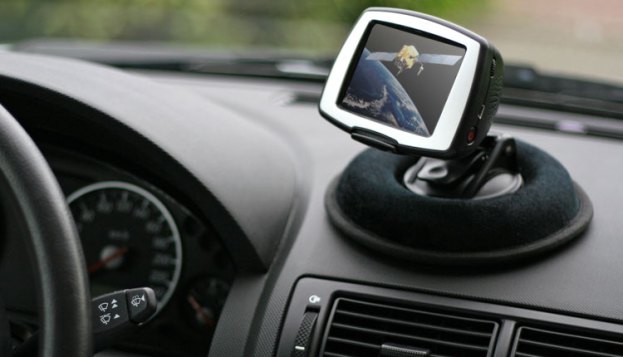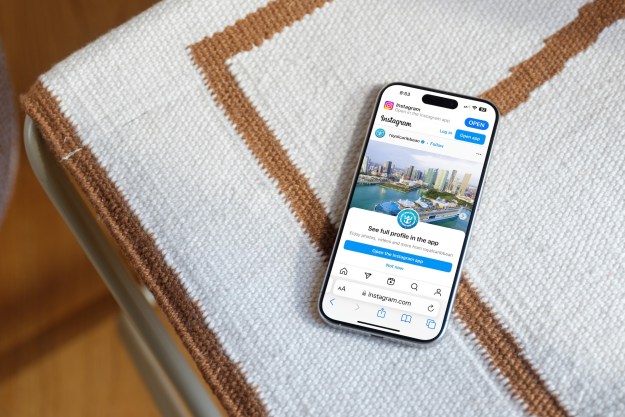 Aspiring LTE provider LightSquared may have hoped to put GPS interference problems behind it by switching to a spectrum block controlled by Inmarsat, but Bloomberg reports that it’s not quite out of the woods yet. Tests by the U.S. government conducted in at the beginning of November found that LightSquared’s proposed mobile broadband service caused harmful interference with three quarters of GPS units it tested.
Aspiring LTE provider LightSquared may have hoped to put GPS interference problems behind it by switching to a spectrum block controlled by Inmarsat, but Bloomberg reports that it’s not quite out of the woods yet. Tests by the U.S. government conducted in at the beginning of November found that LightSquared’s proposed mobile broadband service caused harmful interference with three quarters of GPS units it tested.
The report will likely prove to be a major stumbling block for LightSquared as it moves to roll out satellite-assisted nationwide LTE services. In a traditional terrestrial network, cell towers are connected by physical network infrastructure (“backhaul”) that connects the cell towers to telecom operator’s networks. LightSquared plans to replace long, costly backhaul with satellites: Instead of having to lay down (or lease) thousands of miles of fiber, LightSquared plans to move traffic around using relatively high-powered ground-to-satellite and satellite-to-ground transmission. The problem is that the frequencies LightSquared can use for the service are close to frequencies used by low-powered GPS receivers — and, it seems, a lot of those receivers fail to filter out interference on nearby frequencies. The result is that when those receivers are near LightSquare terrestrial links, they can be overwhelmed by LightSquared’s service. And since LightSquared wants to operate nationwide — including in heavily populated areas — that could be a major problem.
The tests covered 92 selected GPS devices, and were conducted by the National Space-Based Positioning, Navigation, and Timing Systems Engineer Forum. They found that 69 of the devices tested experienced harmful interference when operating within 100 meters of a LightSquared terrestrial base station.
LightSquared has laid blame for interference problems at the feet of the GPS industry, saying if they hadn’t skimped and actually built their devices to international specifications, they wouldn’t be experiencing any interference issues. LightSquared also announced it had developed tweaks to existing GPS antenna designs that could be easily performed and make many devices immune from interference. While many devices could be retrofitted with the design, it’s not practical to assume a broad range of consumer GPS devices and mobile phones could be modified. More likely, customers would have to switch to different devices if the interference were a problem for them.
In email to Bloomberg, LightSquared executive VP Martin Harriman decried the “illegal” leak of the draft government report, implying the way the information was released is intended to negatively impact LightSquared and benefit the existing GPS industry.
LightSquared’s troubles don’t begin and end with GPS interference: The Security and Exchange Commission is looking into a $113 million loan LightSquared’s billionaire financer Edward Falcone took from one of his hedge funds, Harbinger Funds, as well as into whether the fund gave preferential treatment to selected investors in violation of market rules. Falcone disclosed the loan in the fund’s financial statements, saying it was used to pay personal taxes. However, as a result of the SEC investigation, Falcone may have to suspend withdrawals from the fund, which may make it difficult to attract additional investors to LightSquared.
LightSquared has signed wholesale service deals with more than 30 companies, including U.S. telecom operator Sprint, which will be eligible to


